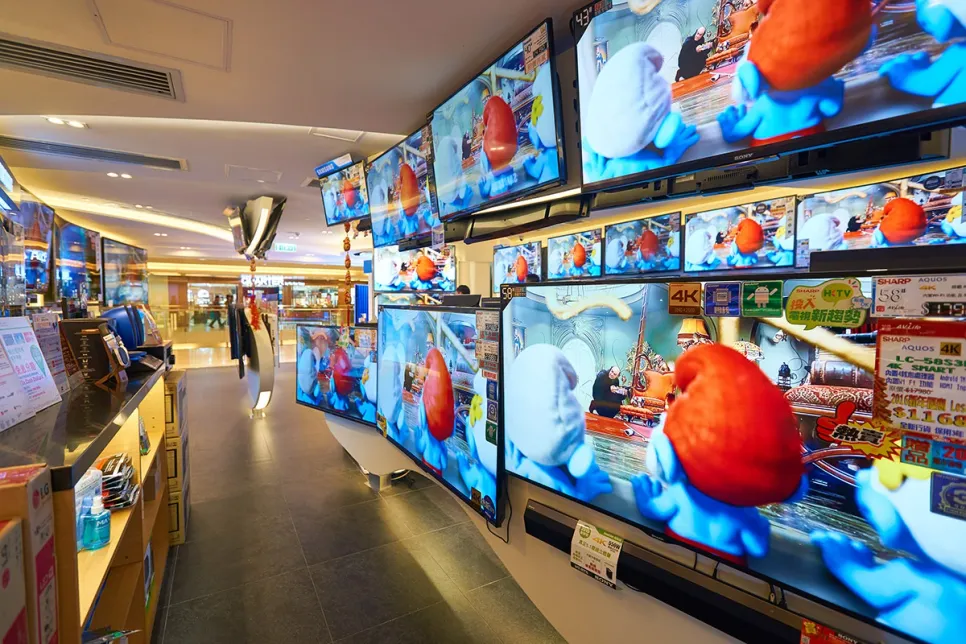Digital Goods Fraud to Cost Merchants $27 Billion by 2030
A new study by Juniper Research has revealed that the transaction value of fraudulent digital goods is outpacing physical goods fraud, rising 162% from a base of $10.4 billion in 2025.

With global revenue growing by 12 percent, 2021 was a record year for the consumer tech and durables segment, according to GfK. However, this momentum is expected to decelerate in 2022. In the first two months of the year, revenue already declined by 3 percent compared to the same period last year.
The pandemic induced opportunities and brought record revenue to the global technical consumer goods (TCG) market in 2021 as consumers spent more time at home and invested in home upgrades. At the end of last year, GfK experts had predicted that this momentum would not continue in 2022 due to the easing of pandemic restrictions, strained supply chains, and a trend toward demand saturation.
“Against the backdrop of a weakening market, it is now even more important for retailers and manufacturers to identify growth potential and secure their margins,“ says Ines Haaga, GfK expert for technical consumer goods. “Companies must adapt to consumer product preferences to continue to be successful in 2022.“
Premiumization remains strong. Accordingly, consumers opt for innovative products and devices that promise improved features or additional functions. These include robot vacuum cleaners with docking and charging stations, which started 2022 with a 182 percent increase in revenue compared to the same period last year. Ultra-thin notebooks less than 18 millimeters thick (plus 7 percent) and TVs with a screen diagonal larger than 65 inches (plus 13 percent) also saw above-average growth despite their higher price point, outperforming the cheaper entry-level models.
Devices that simplify consumers’ lives also had a successful start to the year. The simplification trend is evident across smart home products, among others. Home automation products saw an overall growth of 15 percent in seven EU countries from January to February 2022. Another product category benefiting from the simplification trend is multifunctional household appliances.
But it’s not just product preferences that have evolved. Accelerated by the pandemic, consumers’ shopping behavior has also changed. In particular, the importance of using the internet for purchasing has increased. 62 percent of consumers already use both online and offline platforms to gather information before purchasing a new device. This increases the number of information sources consulted pre-purchase. Reading product reviews has increased at an above-average rate especially when it comes to purchasing a new technical device. All this means that consumers are smarter and better informed, but also becoming more selective. Recommendations have greater relevance and an enormous influence on how consumers purchase in the future.
At the same time, the short duration of the purchase process, wherein it is just a few days from research to purchase, poses challenges for both retailers and manufacturers, as the window of opportunity for customer acquisition is extremely small. “Therefore, having an omnichannel strategy is imperative. Linking online and offline activities in the right way will ensure that the market succeeds in addressing consumers at the right time and with the right message to activate potential and win over buyers.“, says Haaga.